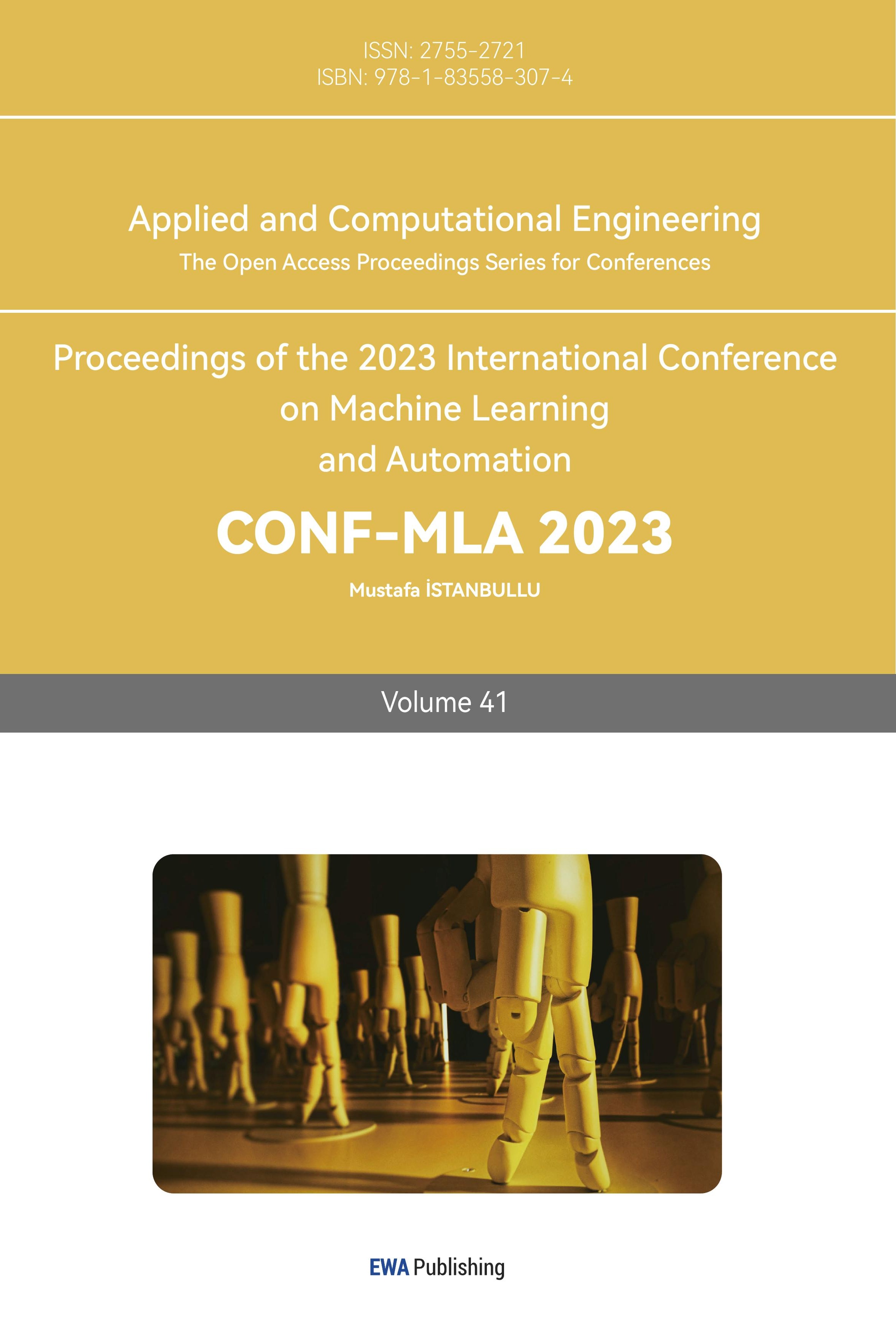References
[1]. Pang, B., Lee, L., & Vaithyanathan, S. (2002). “A Sentimental Education: Sentiment Analysis Using Subjectivity Summarization Based on Minimum Cuts.” Proceedings of the 2002 Conference on Empirical Methods in Natural Language Processing (EMNLP), 271-278.
[2]. Maas, A. L., Daly, R. E., Pham, P. T., Huang, D., Ng, A. Y., & Potts, C. (2011). “Learning Word Vectors for Sentiment Analysis.” Proceedings of the 49th Annual Meeting of the Association for Computational Linguistics: Human Language Technologies (ACL-HLT), 142-150.
[3]. Systems (NeurIPS)Bollen, J., Mao, H., & Zeng, X. (2011). “Twitter Mood Predicts the Stock Market.” Journal of Computational Science, 2(1), 1-8.
[4]. Oghina, Andrei, Ciprian Breazu, Bogdan Butoi, and Teodor Stratulat. “Sentiment Analysis in Multiple Languages: Feature Selection for Opinion Classification in Web Forums.
[5]. Devlin, J., Chang, M. W., Lee, K., & Toutanova, K. (2018). “BERT: Pre-training of Deep Bidirectional Transformers for Language Understanding.” arXiv preprint arXiv:1810.04805.
[6]. Vaswani, A., Shazeer, N., Parmar, N., Uszkoreit, J., Jones, L., Gomez, A. N., Kaiser, Ł., & Polosukhin, I. (2017). Attention Is All You Need. In Advances in Neural Information Processing Systems (NeurIPS).
[7]. Hochreiter, S., & Schmidhuber, J. (1997). Long short-term memory. Neural computation, 9(8), 1735-1780.
[8]. Graves, A., Wayne, G., & Danihelka, I. (2014). Neural Turing machines. arXiv preprint arXiv:1410.5401.
[9]. Cho, K., Van Merriënboer, B., Gulcehre, C., Bahdanau, D., Bougares, F., Schwenk, H., & Bengio, Y. (2014). Learning phrase representations using RNN encoder-decoder for statistical machine translation. arXiv preprint arXiv:1406.1078
[10]. Chung, J., Gulcehre, C., Cho, K., & Bengio, Y. (2014). Empirical evaluation of gated recurrent neural networks on sequence modeling. arXiv preprint arXiv:1412.3555
Cite this article
Gan,Z.;Zhu,Z. (2024). An empirical study on how emotion affects the probability of replies based BERT. Applied and Computational Engineering,41,148-152.
Data availability
The datasets used and/or analyzed during the current study will be available from the authors upon reasonable request.
Disclaimer/Publisher's Note
The statements, opinions and data contained in all publications are solely those of the individual author(s) and contributor(s) and not of EWA Publishing and/or the editor(s). EWA Publishing and/or the editor(s) disclaim responsibility for any injury to people or property resulting from any ideas, methods, instructions or products referred to in the content.
About volume
Volume title: Proceedings of the 2023 International Conference on Machine Learning and Automation
© 2024 by the author(s). Licensee EWA Publishing, Oxford, UK. This article is an open access article distributed under the terms and
conditions of the Creative Commons Attribution (CC BY) license. Authors who
publish this series agree to the following terms:
1. Authors retain copyright and grant the series right of first publication with the work simultaneously licensed under a Creative Commons
Attribution License that allows others to share the work with an acknowledgment of the work's authorship and initial publication in this
series.
2. Authors are able to enter into separate, additional contractual arrangements for the non-exclusive distribution of the series's published
version of the work (e.g., post it to an institutional repository or publish it in a book), with an acknowledgment of its initial
publication in this series.
3. Authors are permitted and encouraged to post their work online (e.g., in institutional repositories or on their website) prior to and
during the submission process, as it can lead to productive exchanges, as well as earlier and greater citation of published work (See
Open access policy for details).
References
[1]. Pang, B., Lee, L., & Vaithyanathan, S. (2002). “A Sentimental Education: Sentiment Analysis Using Subjectivity Summarization Based on Minimum Cuts.” Proceedings of the 2002 Conference on Empirical Methods in Natural Language Processing (EMNLP), 271-278.
[2]. Maas, A. L., Daly, R. E., Pham, P. T., Huang, D., Ng, A. Y., & Potts, C. (2011). “Learning Word Vectors for Sentiment Analysis.” Proceedings of the 49th Annual Meeting of the Association for Computational Linguistics: Human Language Technologies (ACL-HLT), 142-150.
[3]. Systems (NeurIPS)Bollen, J., Mao, H., & Zeng, X. (2011). “Twitter Mood Predicts the Stock Market.” Journal of Computational Science, 2(1), 1-8.
[4]. Oghina, Andrei, Ciprian Breazu, Bogdan Butoi, and Teodor Stratulat. “Sentiment Analysis in Multiple Languages: Feature Selection for Opinion Classification in Web Forums.
[5]. Devlin, J., Chang, M. W., Lee, K., & Toutanova, K. (2018). “BERT: Pre-training of Deep Bidirectional Transformers for Language Understanding.” arXiv preprint arXiv:1810.04805.
[6]. Vaswani, A., Shazeer, N., Parmar, N., Uszkoreit, J., Jones, L., Gomez, A. N., Kaiser, Ł., & Polosukhin, I. (2017). Attention Is All You Need. In Advances in Neural Information Processing Systems (NeurIPS).
[7]. Hochreiter, S., & Schmidhuber, J. (1997). Long short-term memory. Neural computation, 9(8), 1735-1780.
[8]. Graves, A., Wayne, G., & Danihelka, I. (2014). Neural Turing machines. arXiv preprint arXiv:1410.5401.
[9]. Cho, K., Van Merriënboer, B., Gulcehre, C., Bahdanau, D., Bougares, F., Schwenk, H., & Bengio, Y. (2014). Learning phrase representations using RNN encoder-decoder for statistical machine translation. arXiv preprint arXiv:1406.1078
[10]. Chung, J., Gulcehre, C., Cho, K., & Bengio, Y. (2014). Empirical evaluation of gated recurrent neural networks on sequence modeling. arXiv preprint arXiv:1412.3555









